Haryana Switch to Hindi
Haryana to Launch E-Libraries
Why in News?
The Haryana government is introducing e-libraries in government colleges across Gurugram to improve digital education.
Key Points
- Benefits of E-Libraries:
- Students will gain access to thousands of digital books, research papers, journals, and lectures.
- They can browse and download study materials using unique login credentials on their phones or laptops.
- This initiative eliminates the limitation of physical books and allows multiple students to use the same resource simultaneously.
- Success of E-Library Model at Gurugram University:
- Gurugram University (GU) has already implemented the e-library model with great success. GU students currently have access to:
- 17,000 e-books
- 8,800 e-journals
- 130,000 e-lectures
- 748,000 theses
- 2,200 reports
- 2,600 expert talks
- Gurugram University (GU) has already implemented the e-library model with great success. GU students currently have access to:
- Step Toward Modern Education:
- The District Elementary Education Officer emphasized that e-libraries will help students stay updated with the latest academic research and global studies.
- This initiative is described as a crucial step in improving higher education in Haryana.

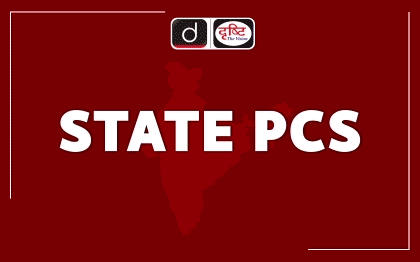
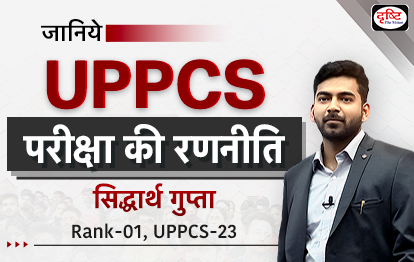

%20MPPCS%202025%20Desktop%20E.jpg)
%20MPPCS%202025%20Mobile%20E%20(1).jpg)

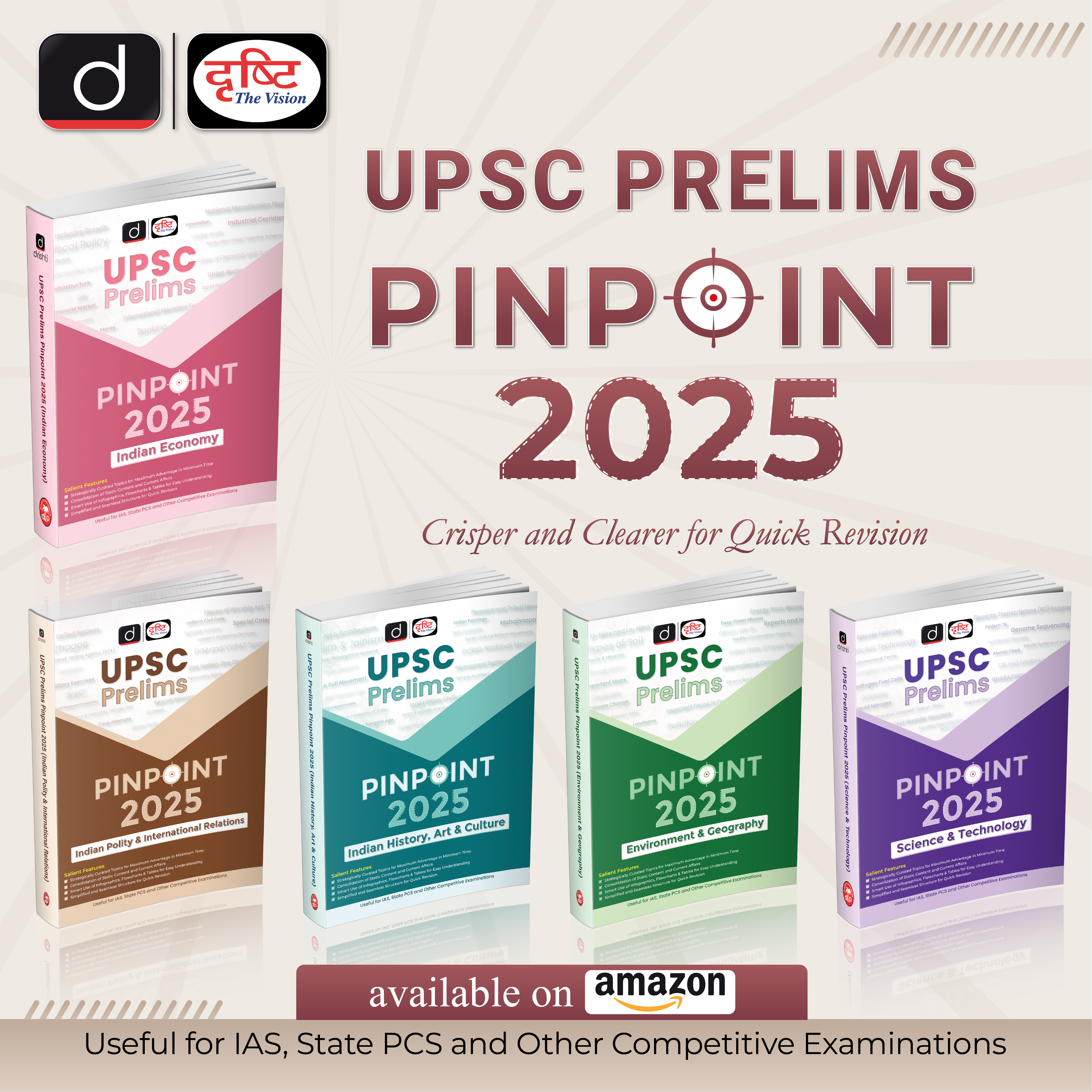

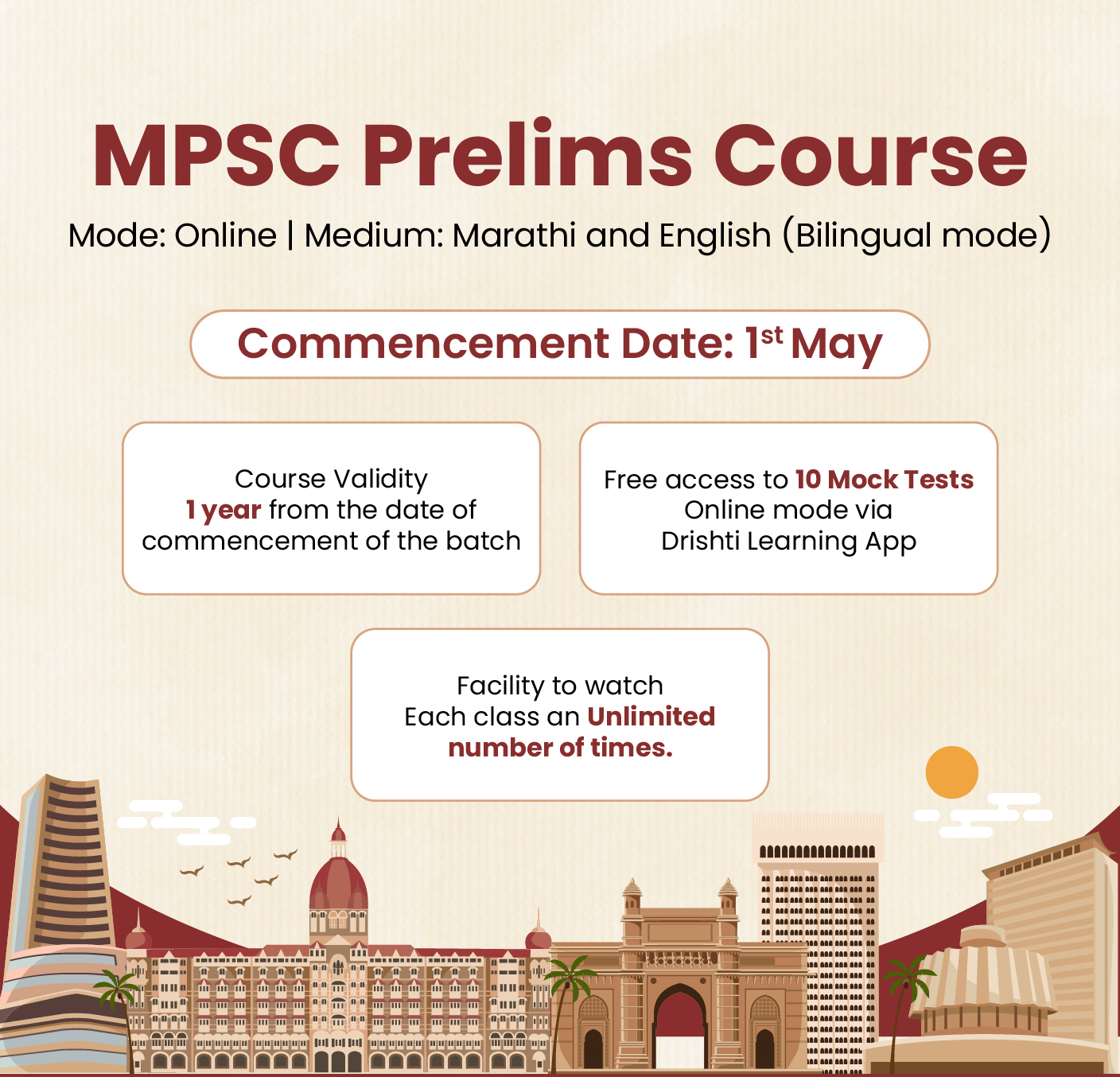





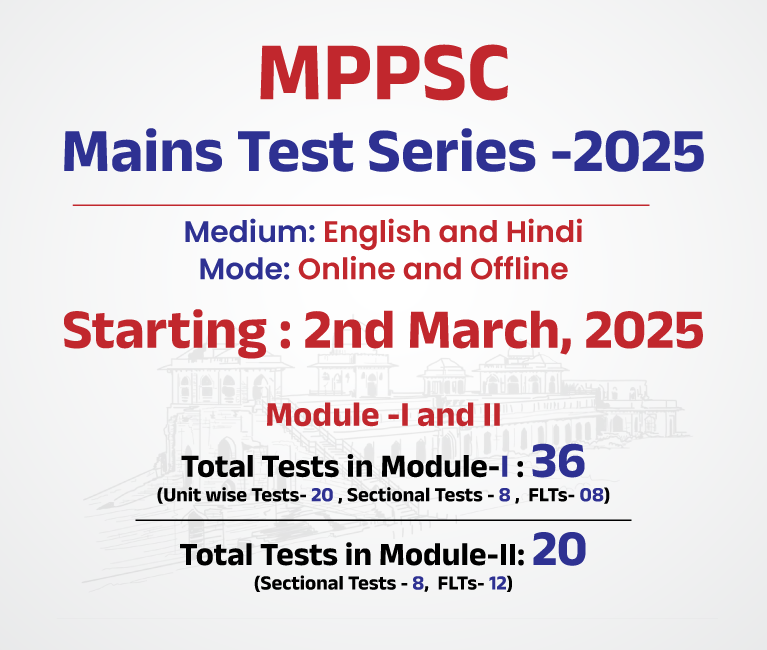
.png)
.png)

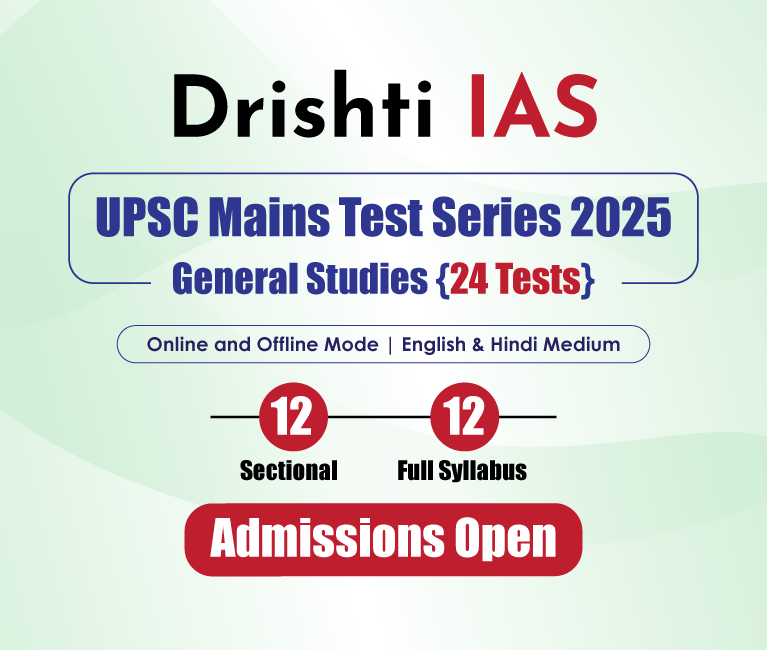

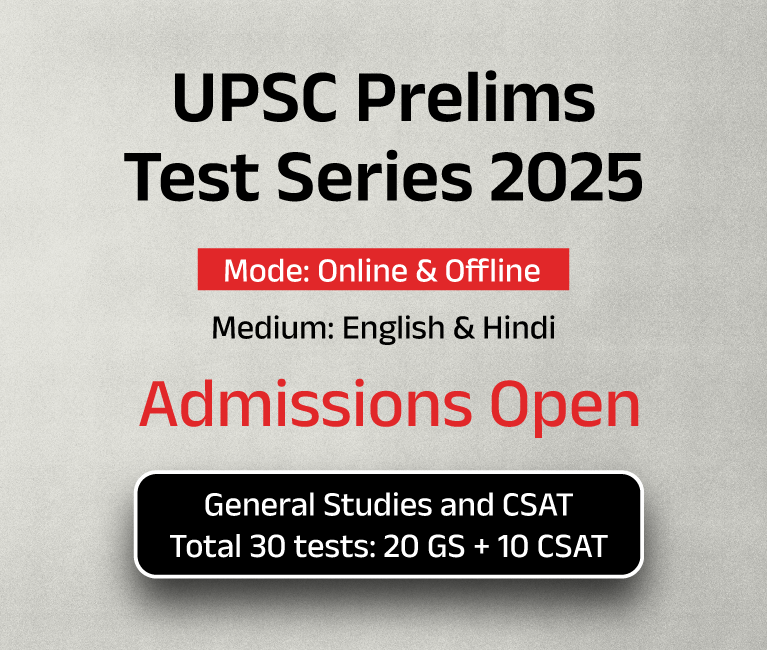

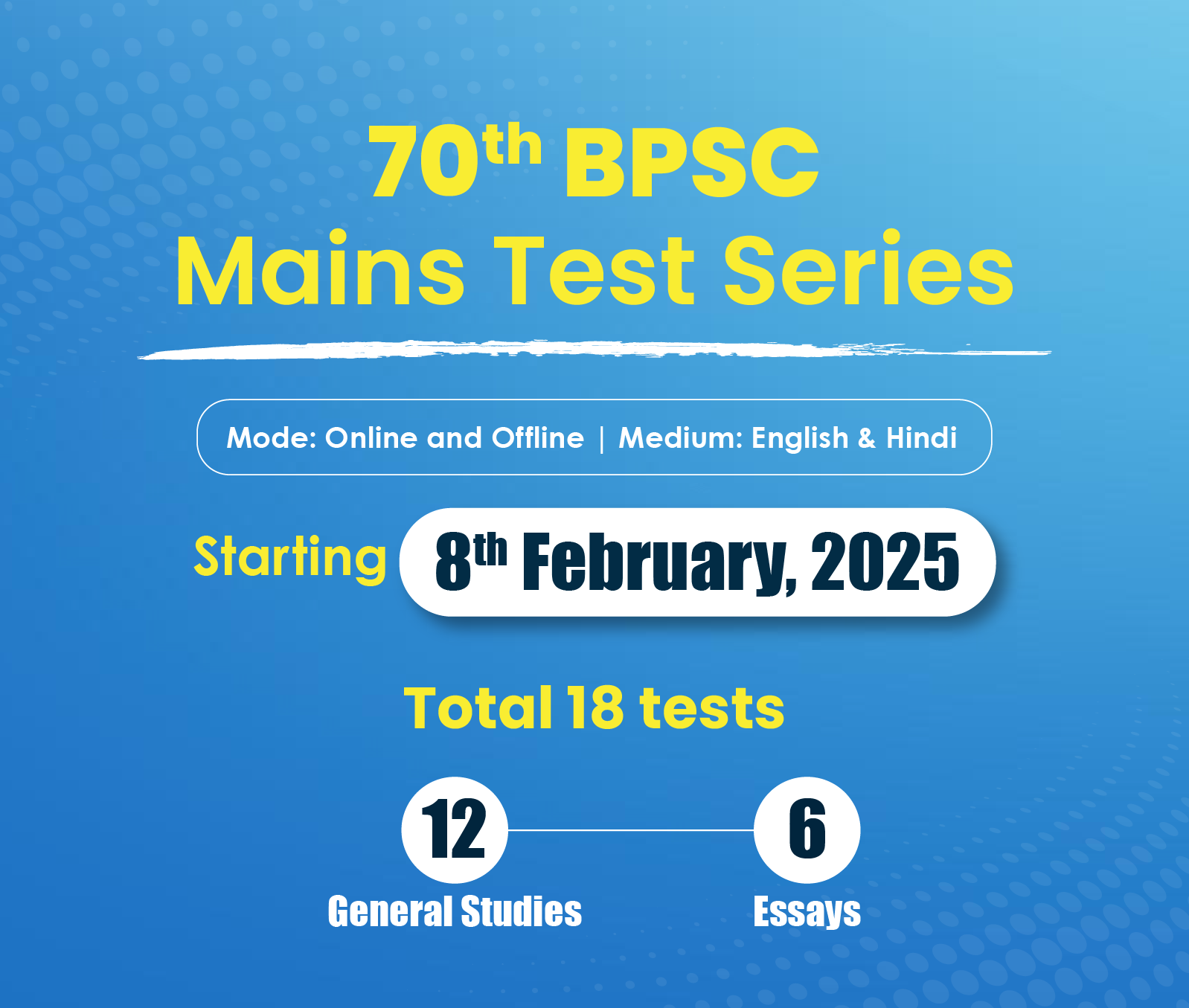

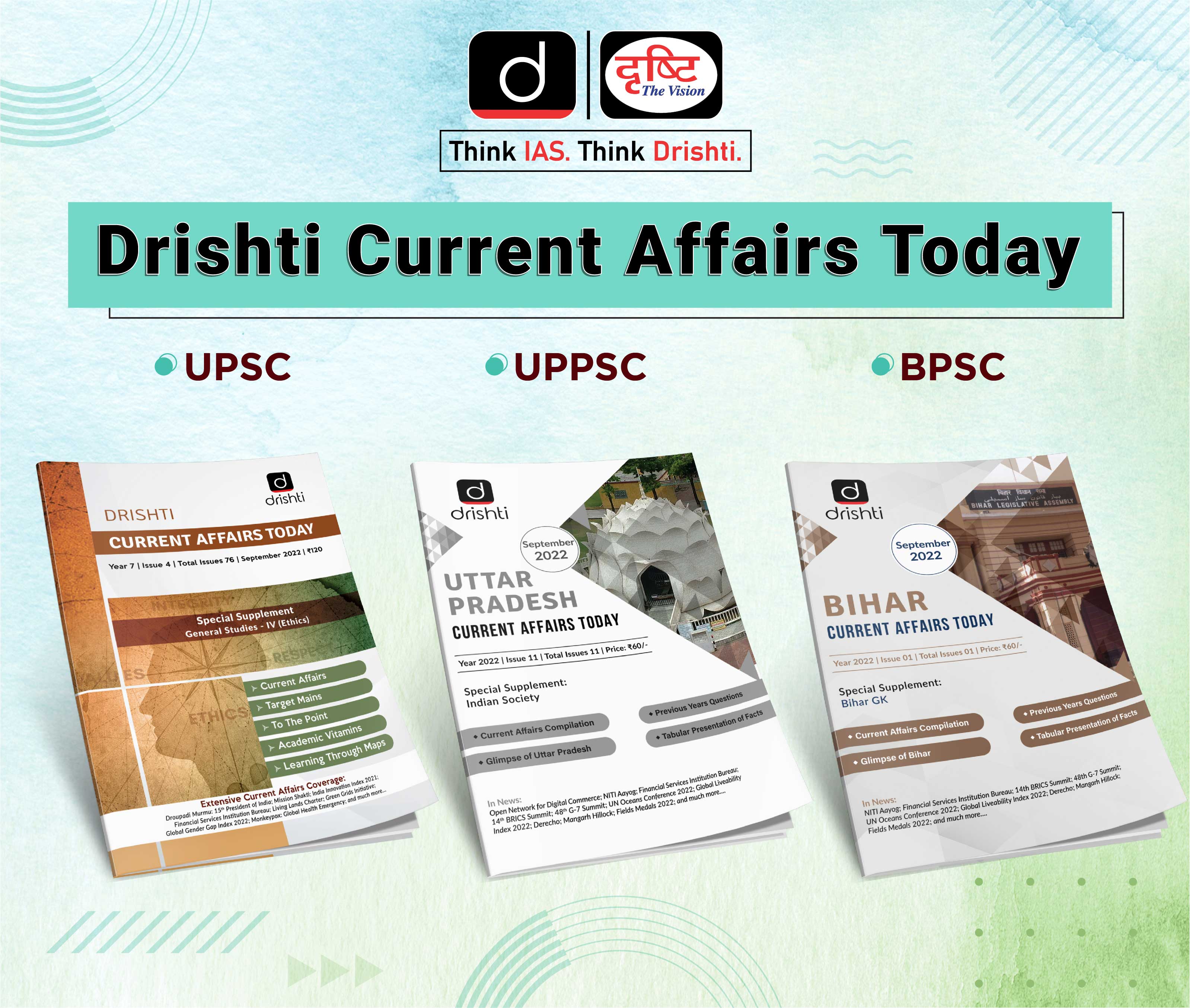

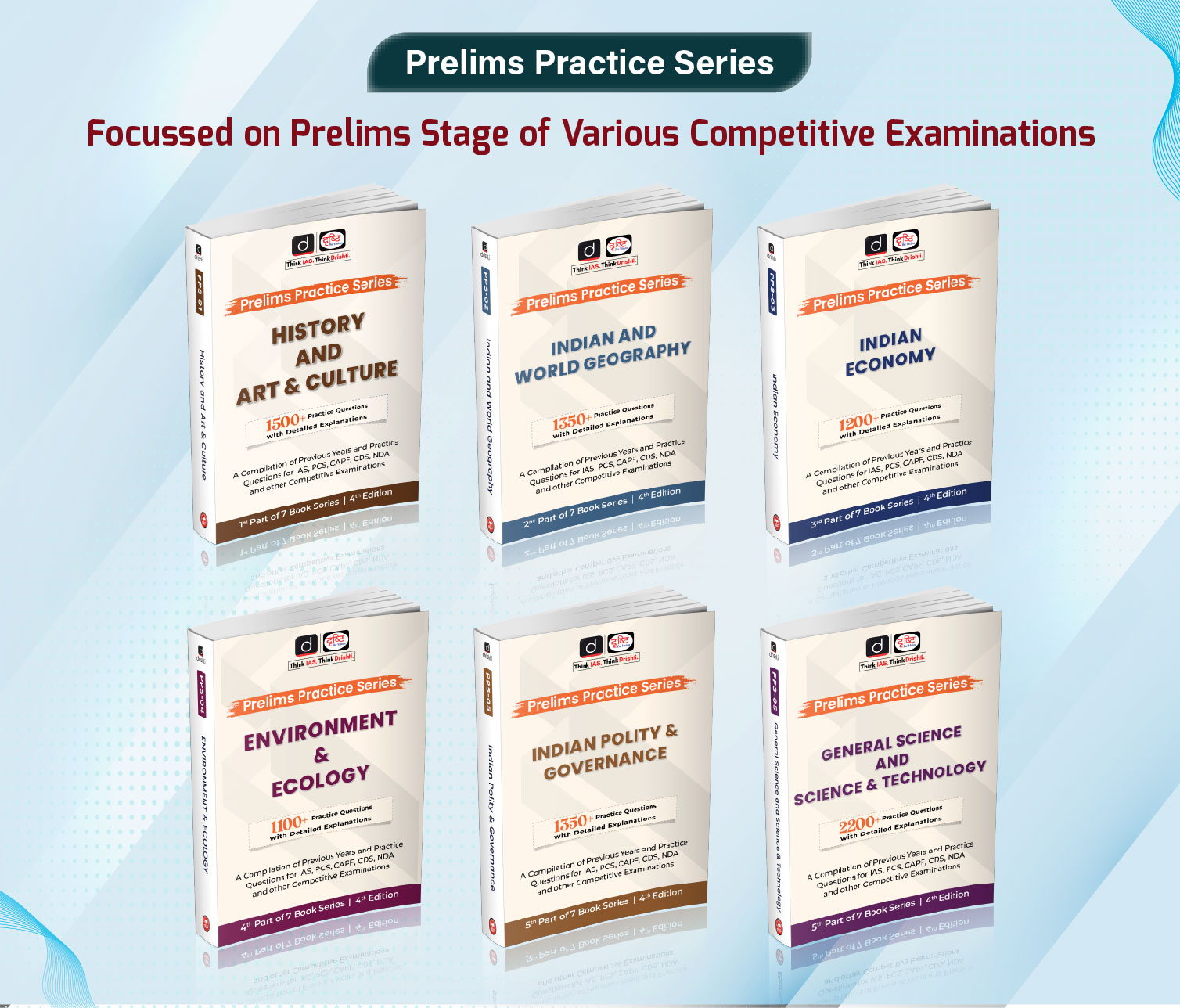

 PCS Parikshan
PCS Parikshan

